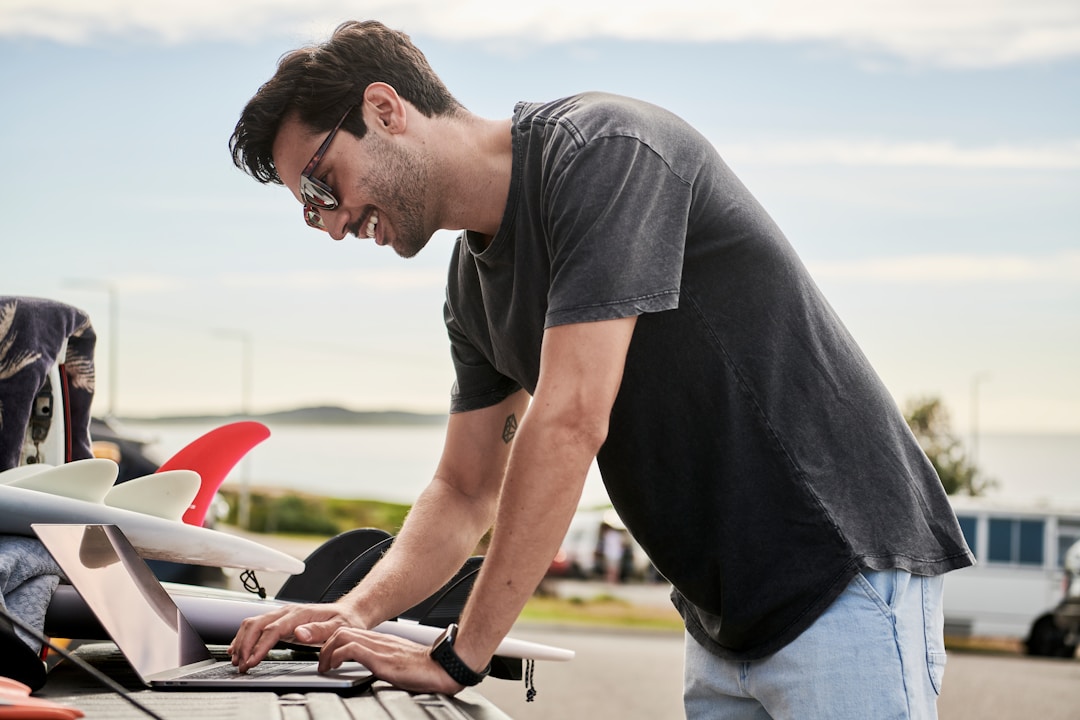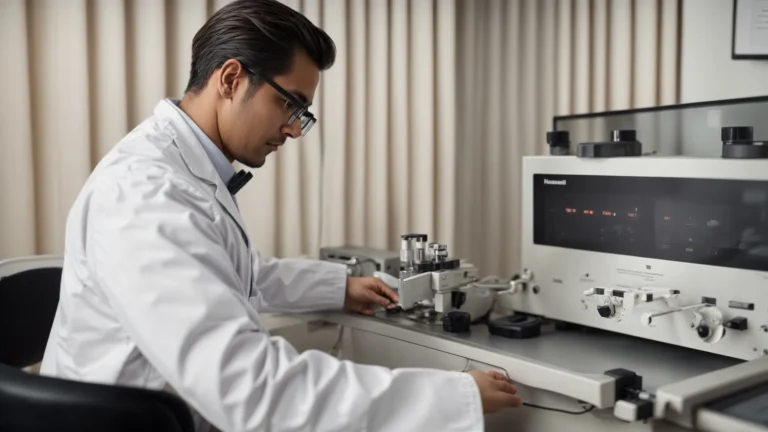From time immemorial, the main goal of many mining companies pretty much remained the same: sourcing mineral reserves from the ground and making a fortune out of the desirable ones. However, present-day mining seems to be taking a fantastic turn towards the use of technology and intelligence—enough to make any century-old predecessor in the mining industry jealous.
These new technologies offer mining companies a high level of efficiency and productivity as never seen before. From cyanide research to the development of artificial intelligence and machine learning solutions, miners constantly seek new ways to improve operating performance and efficiency. Here are our three technologies your mining company cannot do without.
1. Geographic Information System (GIS) Technology

The use of modern and efficient GIS technology offers mining companies extensive possibilities to capture, store, integrate, analyze, manage, manipulate all types of geographical data. They can also extract data from various sources, analyze trends, and present them with partners and authorities. This ultimately helps to speed up the mining planning process.
You can see an excellent example in Alamos Gold Inc’s operations. They’re a Canadian-based gold mine run by John A Mccluskey and Chris Bostwick. The company won the Esri Canada’s Award of Excellence for their mineral data management using GIS.
The company is set to mine an estimated 600,000 ounces of gold from all its diversified operations in North America. This includes the Young-Davidson, Island Gold mine in Northern Ontario, and the Mulatos and El Chante mines in Sonora, Mexico. Alamos Gold is just one example. Many more mining companies have used data visualization tools with much success.
2. Escapeway Technology

Every day, miners continue to face risks associated with the mining process, from the threat of black lungs caused by prolonged inhalation of dust and debris to the possibility of a minefield collapsing. Although the rate of minefield incidents has reduced drastically within the last twenty years (thanks to safety regulations), the risk still stands.
The mining industry experiences continuous development in science and technology by introducing new technology methods to ensure miners’ safety. One of such ways is the use of algorithms to avoid underground disasters and assist underground miners to escape in the event of an emergency.
Although traditional means of escape ways have played a vital role in mining in the past, the mining industry has been able to steer towards modern technology by replacing conventional designs with systems that can withstand harsh mining environments. You see, all mines get affected by corrosion in various degrees; however, with escape ways, they’re not subject to the same corrosion challenges that traditional ladders presented.
3. Airborne Gravity Gradiometer Technology

Exploring mineral resources is time-consuming and capital intensive, which makes an unsuccessful attempt a waste of resources. To eliminate exploration challenges, Rio Tinto and the University of Western Australia created an advanced airborne gravity gradiometer known as the VK 1.
VK1 isn’t the first airborne gravity gradiometer to have ever been developed. As of 1980, Aerospace and BHP Billiton created the first airborne, which in 1999 helped explore diamond-bearing kimberlite pipelines. Since then, they’ve explored many other diamond mines in Canada and Australia. They’ve also explored some gold, copper, and iron-ore-bearing multi-mineral deposits like the Chilean Santo Domingo copper deposit discovered with the aid of a gravity gradiometer.
However, a modern-day gravity gradiometer is operated from an aircraft by incorporating technology that measures changes in the earth’s gravity field. It does this using data to produce a density map to identify ore bodies. Note that ore bodies are difficult to detect, so this technology provides a solution to that challenges. The precision movements that this device offer improves the chances of mineral exploration success to mining companies.







